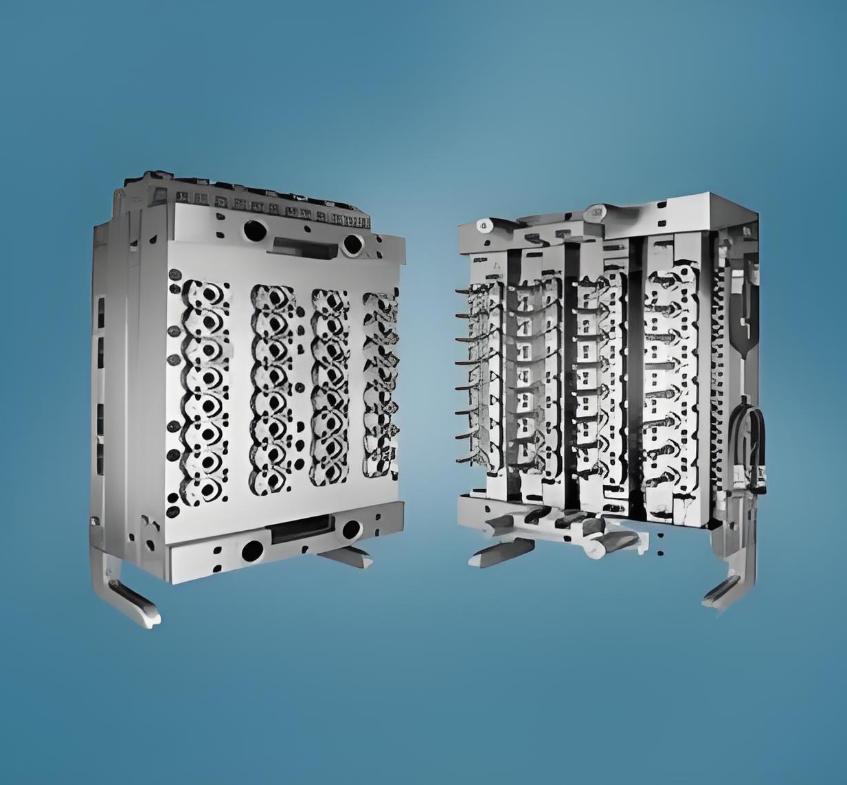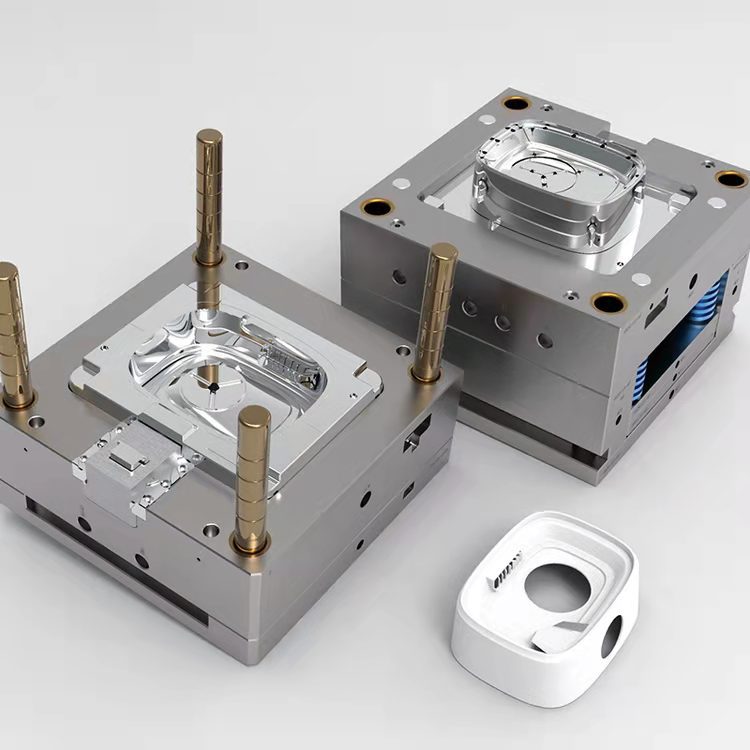The process of opening a plastic mold is a complex and delicate one. From understanding customer requirements to final mass production, every step is of crucial importance. This article will introduce in detail each stage of the plastic mold opening process to help you comprehensively understand it.
1. Understanding Customer Requirements
Everything starts with an in-depth understanding of customer needs. In-depth communication with the customer is carried out to clarify key information such as the function, appearance, dimensions, material, and expected production volume of the product. This step is the foundation for subsequent design and manufacturing, ensuring that the mold can meet the actual needs of the customer.
2. Drawing Production
After understanding the customer requirements, the designer will draw the product design drawings according to the customer's requirements. These drawings include detailed information such as the 3D model of the product, dimension annotations, and material specifications. After the design drawings are completed, they will undergo multiple reviews and revisions to ensure they are error-free before proceeding to the next stage.

3. Mold Design
Based on the product design drawings, the mold designer will conduct the mold structure design. This includes determining key parts such as the parting surface, gating system, cooling system, and ejection mechanism of the mold. Mold design should not only meet the forming requirements of the product but also consider factors such as the manufacturing difficulty, cost, and service life of the mold.
4. Mold Base Selection
The mold base is the foundation of the mold and carries all the parts of the mold. After the mold design is completed, an appropriate mold base needs to be selected according to the design requirements. The selection of the mold base should consider factors such as the size, shape, material, and manufacturing precision of the mold.
5. CNC Machining
CNC machining is a crucial step in mold manufacturing. Through computer numerical control machine tools, the mold parts are precisely machined to ensure that each part of the mold has accurate dimensions and shapes. CNC machining can not only improve the manufacturing precision of the mold but also significantly shorten the manufacturing cycle.
6. Deep Hole Drilling
For some mold parts that require deep hole machining, such as cooling channels, deep hole drilling technology will be used. Deep hole drilling can ensure that the depth and diameter of the holes meet the design requirements while guaranteeing the smoothness and precision of the hole walls.
7. Wire EDM
Wire electrical discharge machining (Wire EDM) is a precision machining technology mainly used for machining mold parts with complex shapes and fine structures. By cutting the workpiece with a thin metal wire under the action of an electric field, high-precision and high-surface-quality machining can be achieved.
8. EDM (Electrical Discharge Machining)
EDM (Electrical Discharge Machining) is a non-contact machining technology mainly used for machining hard materials and mold parts with complex shapes. By generating an electrical discharge between the electrode and the workpiece to remove the material, high-precision and high-surface-quality machining can be achieved.
9. Polishing
Polishing is one of the last steps in mold manufacturing. By finely grinding and polishing the mold parts, burrs and scratches generated during the machining process can be removed, improving the surface quality and smoothness of the mold. This is crucial for enhancing the quality and appearance of the molded product.

10. Mold Assembly
After the mold parts are machined, mold assembly is required. Assemble and debug each part according to the design requirements to ensure that all parts of the mold fit tightly and move flexibly. After the mold assembly is completed, multiple trial assemblies and adjustments are also needed to ensure the stability and reliability of the mold.
11. Trial Molding
Trial molding is one of the key steps in mold manufacturing. By injecting plastic raw materials into the mold, observe whether the quality and appearance of the molded product meet the design requirements. During the trial molding process, some problems may be found, such as dimensional deviations and surface defects, which need to be adjusted and improved in a timely manner.
12. Mold Modification
Based on the trial molding results and customer feedback, necessary modifications and improvements are made to the mold. This includes adjusting the dimensions, shapes, cooling system, etc. of the mold to improve the quality and production efficiency of the molded product. During the mold modification process, close communication with the customer is required to ensure that the modified mold can meet the customer's needs.
13. Mass Production
After multiple trial moldings and improvements, the mold finally reaches the mass production standard. At this time, the mold can be put into the production line for large-scale production. During the mass production process, it is necessary to closely monitor the quality and production efficiency of the molded product and adjust the production parameters and mold state in a timely manner to ensure the stability and reliability of the production process.
In conclusion, the process of opening a plastic mold is a complex and delicate one, involving multiple stages and technologies. By strictly following the above process, the quality and performance of the mold can be ensured to meet the customer's requirements, laying a solid foundation for subsequent mass production.
Copyright © 2023 :Worldbound Plasitc Products Co.Ltd